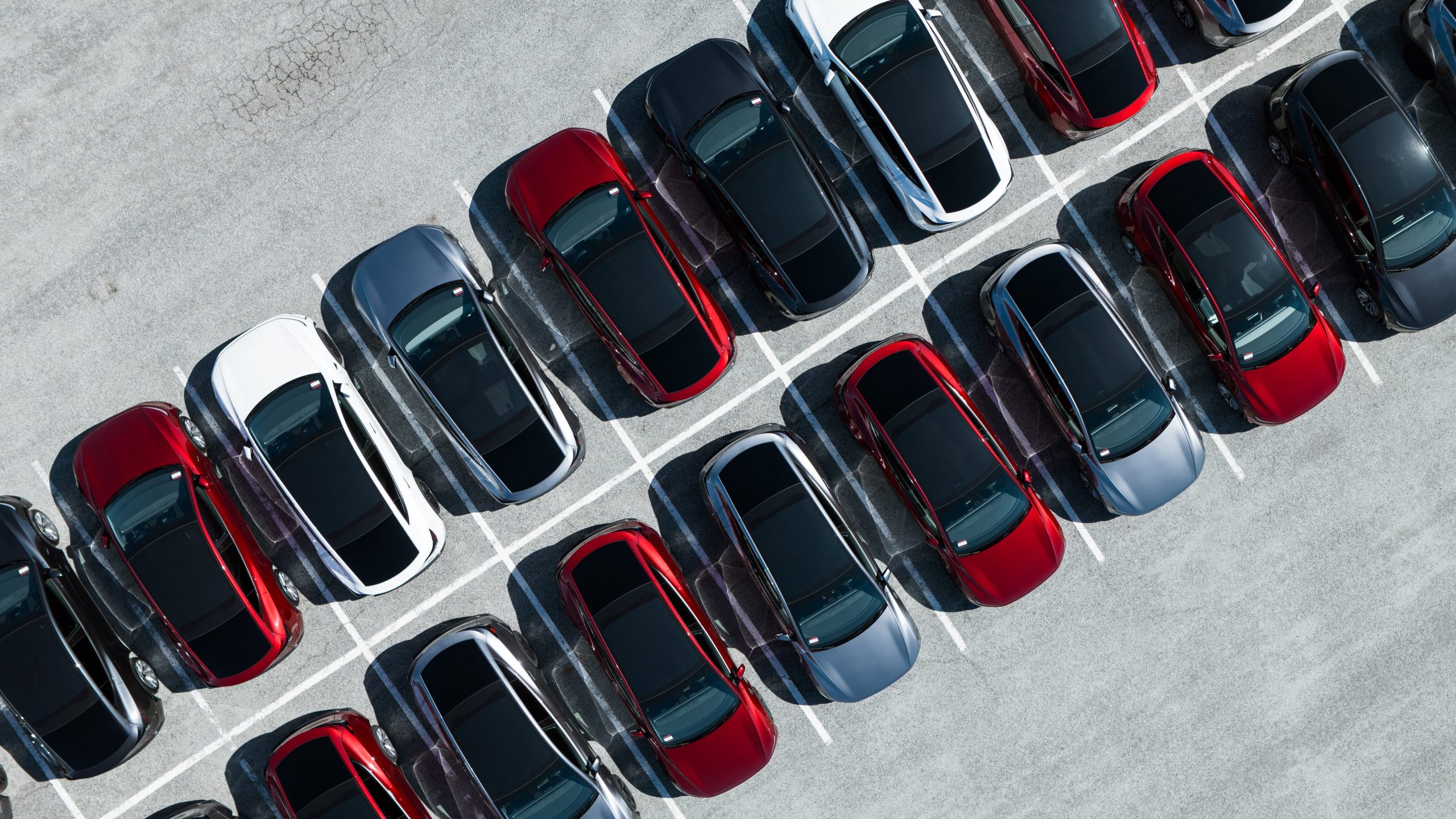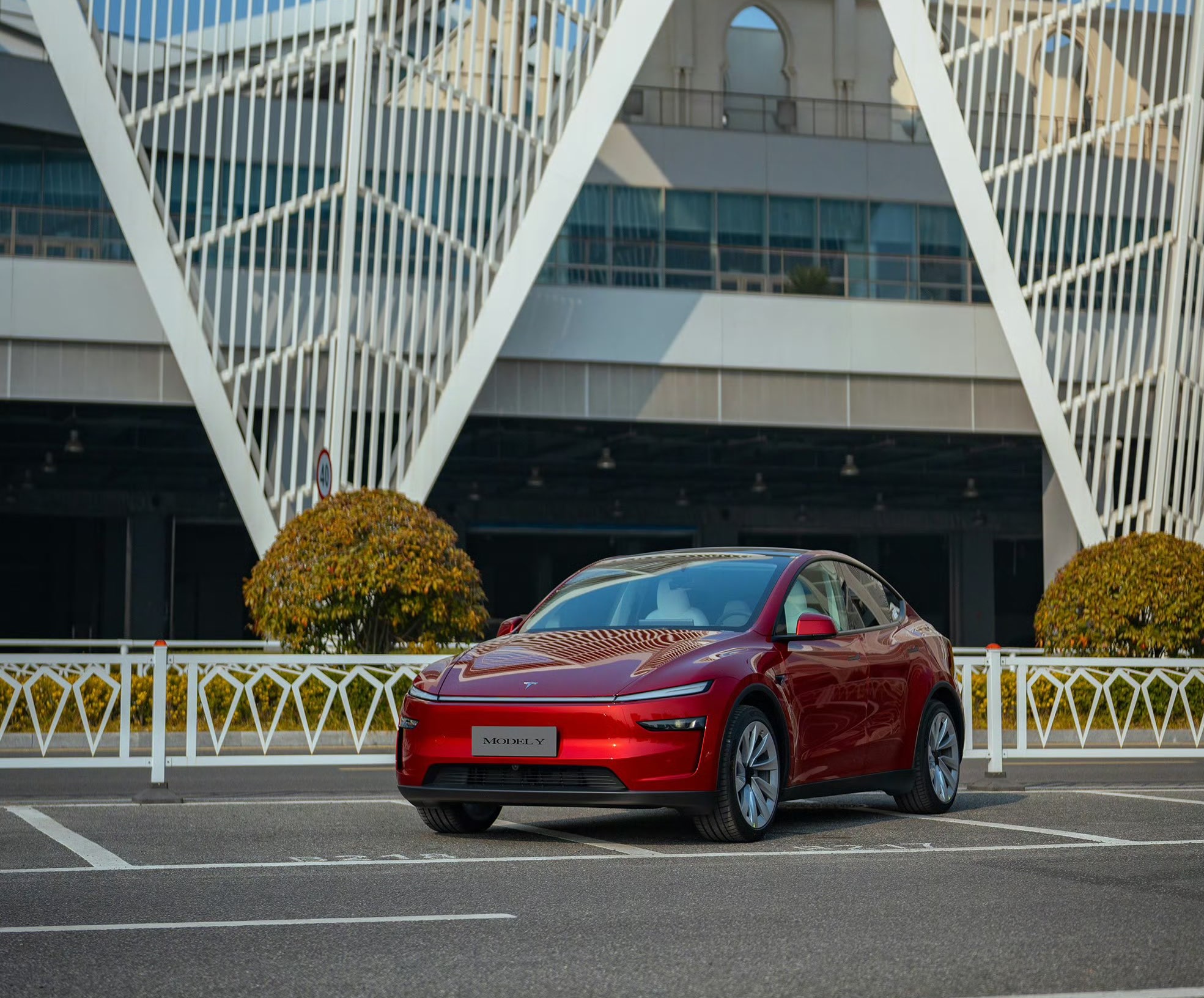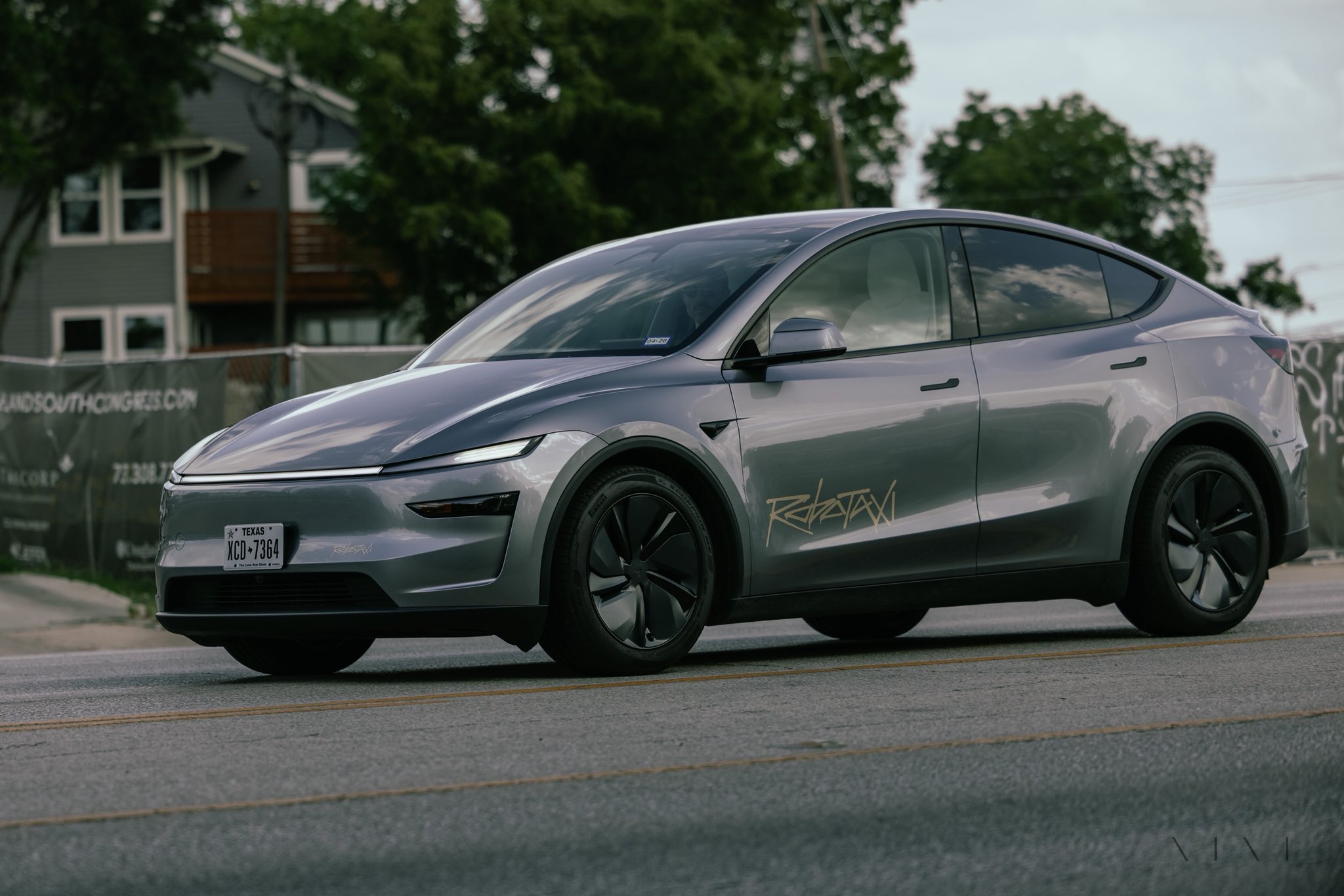News
Tesla warns customers of incentive strategy on EVs as tax credit nears end
If you’re thinking of buying a Tesla, the time to order is now, the company claimed.

Tesla has warned customers about its incentive strategy for qualifying electric vehicles, as the days of both the $7,500 EV tax credit for new EVs and the $4,000 credit for used EVs are coming to a close.
Both tax credits, which impact some of the vehicles in the Tesla lineup, are set to be eliminated at the end of Q3. The phase out of these consumer credits was always in the plans of the Trump Administration, but now we’re in the final quarter of their existence.
As a result, EV companies are scrambling to see how they can reduce costs or make their vehicles more affordable for customers. The $7,500 will price many consumers out of many EVs on the market, and Tesla is not immune to that.
However, Tesla has made a significant push into Q3 deliveries, rolling out numerous incentives to customers, including 0% APR on select purchases, lease deals, free upgrades on certain inventory units, and more.
The extensive list of incentives on Tesla vehicles in the quarter will not get any longer, either. During last night’s Tesla Earnings Call for the second quarter of 2025, company executives stated that their intention for these incentives was to encourage customers to place orders early in the quarter.
Tesla will only be able to apply the $7,500 credit with deliveries that occur before the end of September. Even if an order is placed before then, delivery must be completed by September 30 to receive the tax credit.
CFO Vaibhav Taneja confirmed that the incentives for the quarter are already out and encouraged customers to place an order sooner rather than later:
“Given the abrupt change, we have a limited supply of vehicles in the US this quarter. As we are already within lead times to order parts for cars, we have rolled out all our planned incentives already and will start pairing them back as we start to sell. If you are in the US and looking to buy a car, let’s roll now as we may not be able to guarantee delivery for orders placed in the later part of August and beyond.”
🚨 Tesla has rolled out all of the incentives it plans to utilize in Q3
These incentives will slowly be removed as supply becomes limited.
In short: put your Tesla order in NOW pic.twitter.com/UaqPfWtiJP
— TESLARATI (@Teslarati) July 23, 2025
The loss of the incentives will impact every EV maker in the United States. Tesla has a plan moving forward, and it said last night that its affordable models would be rolled out in Q4, as introducing these cars any earlier could have detrimental effects on Model 3 and Model Y sales.

News
Tesla takes a step towards removal of Robotaxi service’s safety drivers
Tesla watchers are speculating that the implementation of in-camera data sharing could be a step towards the removal of the Robotaxi service’s safety drivers.

Tesla appears to be preparing for the eventual removal of its Robotaxi service’s safety drivers.
This was hinted at in a recent de-compile of the Robotaxi App’s version 25.11.5, which was shared on social media platform X.
In-cabin analytics
As per Tesla software tracker @Tesla_App_iOS, the latest update to the Robotaxi app featured several improvements. These include Live Screen Sharing, as well as a feature that would allow Tesla to access video and audio inside the vehicle.
According to the software tracker, a new prompt has been added to the Robotaxi App that requests user consent for enhanced in-cabin data sharing, which comprise Cabin Camera Analytics and Sound Detection Analytics. Once accepted, Tesla would be able to retrieve video and audio data from the Robotaxi’s cabin.
Video and audio sharing
A screenshot posted by the software tracker on X showed that Cabin Camera Analytics is used to improve the intelligence of features like request support. Tesla has not explained exactly how the feature will be implemented, though this might mean that the in-cabin camera may be used to view and analyze the status of passengers when remote agents are contacted.
Sound Detection Analytics is expected to be used to improve the intelligence of features like siren recognition. This suggests that Robotaxis will always be actively listening for emergency vehicle sirens to improve how the system responds to them. Tesla, however, also maintained that data collected by Robotaxis will be anonymous. In-cabin data will not be linked to users unless they are needed for a safety event or a support request.
Tesla watchers are speculating that the implementation of in-camera data sharing could be a step towards the removal of the Robotaxi service’s safety drivers. With Tesla able to access video and audio feeds from Robotaxis, after all, users can get assistance even if they are alone in the driverless vehicle.
Investor's Corner
Mizuho keeps Tesla (TSLA) “Outperform” rating but lowers price target
As per the Mizuho analyst, upcoming changes to EV incentives in the U.S. and China could affect Tesla’s unit growth more than previously expected.

Mizuho analyst Vijay Rakesh lowered Tesla’s (NASDAQ:TSLA) price target to $475 from $485, citing potential 2026 EV subsidy cuts in the U.S. and China that could pressure deliveries. The firm maintained its Outperform rating for the electric vehicle maker, however.
As per the Mizuho analyst, upcoming changes to EV incentives in the U.S. and China could affect Tesla’s unit growth more than previously expected. The U.S. accounted for roughly 37% of Tesla’s third-quarter 2025 sales, while China represented about 34%, making both markets highly sensitive to policy shifts. Potential 50% cuts to Chinese subsidies and reduced U.S. incentives affected the firm’s outlook.
With those pressures factored in, the firm now expects Tesla to deliver 1.75 million vehicles in 2026 and 2 million in 2027, slightly below consensus estimates of 1.82 million and 2.15 million, respectively. The analyst was cautiously optimistic, as near-term pressure from subsidies is there, but the company’s long-term tech roadmap remains very compelling.
Despite the revised target, Mizuho remained optimistic on Tesla’s long-term technology roadmap. The firm highlighted three major growth drivers into 2027: the broader adoption of Full Self-Driving V14, the expansion of Tesla’s Robotaxi service, and the commercialization of Optimus, the company’s humanoid robot.
“We are lowering TSLA Ests/PT to $475 with Potential BEV headwinds in 2026E. We believe into 2026E, US (~37% of TSLA 3Q25 sales) EV subsidy cuts and China (34% of TSLA 3Q25 sales) potential 50% EV subsidy cuts could be a headwind to EV deliveries.
“We are now estimating TSLA deliveries for 2026/27E at 1.75M/2.00M (slightly below cons. 1.82M/2.15M). We see some LT drivers with FSD v14 adoption for autonomous, robotaxi launches, and humanoid robots into 2027 driving strength,” the analyst noted.
News
Tesla’s Elon Musk posts updated Robotaxi fleet ramp for Austin, TX
Musk posted his update on social media platform X.

Elon Musk says Tesla will “roughly double” its supervised Robotaxi fleet in Austin next month as riders report long wait times and limited availability across the pilot program in the Texas city. Musk posted his update on social media platform X.
The move comes as Waymo accelerates its U.S. expansion with its fully driverless freeway service, intensifying competition in autonomous mobility.
Tesla to increase Austin Robotaxi fleet size
Tesla’s Robotaxi service in Austin continues to operate under supervised conditions, requiring a safety monitor in the front seat even as the company seeks regulatory approval to begin testing without human oversight. The current fleet is estimated at about 30 vehicles, StockTwists noted, and Musk’s commitment to doubling that figure follows widespread rider complaints about limited access and “High Service Demand” notifications.
Influencers and early users of the Robotaxi service have observed repeated failures to secure a ride during peak times, highlighting a supply bottleneck in one of Tesla’s most visible autonomy pilots. The expansion aims to provide more consistent availability as the company scales and gathers more real-world driving data, an advantage analysts often cite as a differentiator versus rivals.
Broader rollout plans
Tesla’s Robotaxi service has so far only been rolled out to Austin and the Bay Area, though reports have indicated that the electric vehicle maker is putting in a lot of effort to expand the service to other cities across the United States. Waymo, the Robotaxi service’s biggest competitor, has ramped its service to areas like the San Francisco Bay Area, Los Angeles, and Phoenix.
Analysts continue to highlight Tesla’s long-term autonomy potential due to its global fleet size, vertically integrated design, and immense real-world data. ARK Invest has maintained that Tesla Robotaxis could represent up to 90% of the company’s enterprise value by 2029. BTIG analysts, on the other hand, added that upcoming Full Self-Driving upgrades will enhance reasoning, particularly parking decisions, while Tesla pushes toward expansions in Austin, the Bay Area, and potentially 8 to 10 metro regions by the end of 2025.







